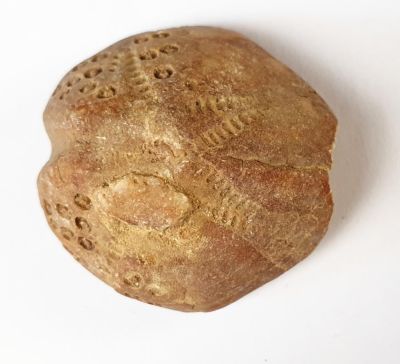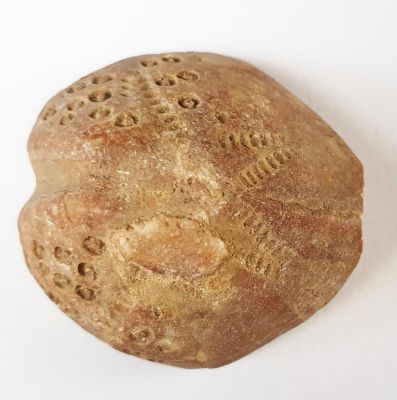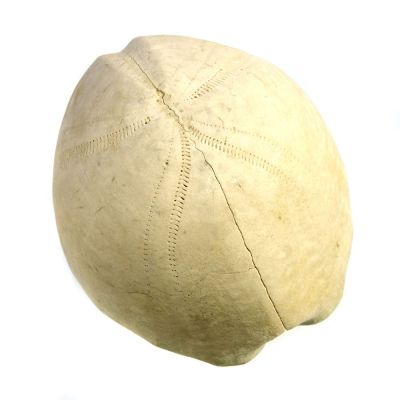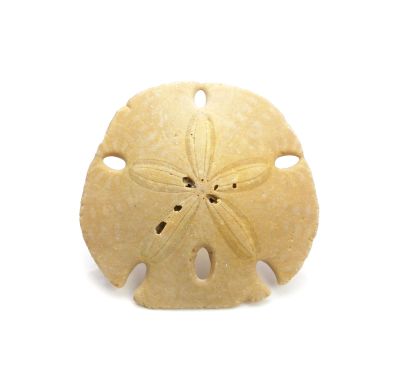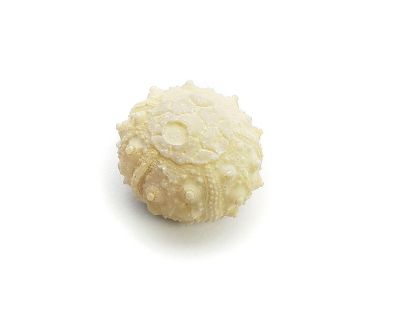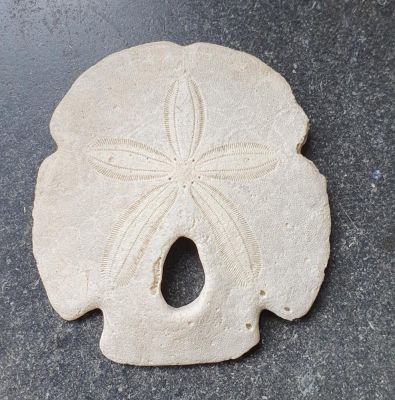Echinoderm: Lovenia forbesi
Product number:
F1186
Product information "Echinoderm: Lovenia forbesi"
Age: Miocene, Burdigalian, Mannum Formation (approx. 20 Mio. Y.)
Locality: Port Phillip Bay, Victoria, Australia
Größe: 3 x 3 x 1,5 cm
These aberrant Australian sea urchins impress with their sunken-in attachment points for their spines, which results in the front- and underside being covered in harmonious patterns of pits. They adapted to move through the sediment, giving them a secondary bilateral symmetry and an anus moved to the back; all the while the mouth opening remained at the center of the oral plate on the underside.
The colours of the original specimen may slightely differ from the pictures.
Login

